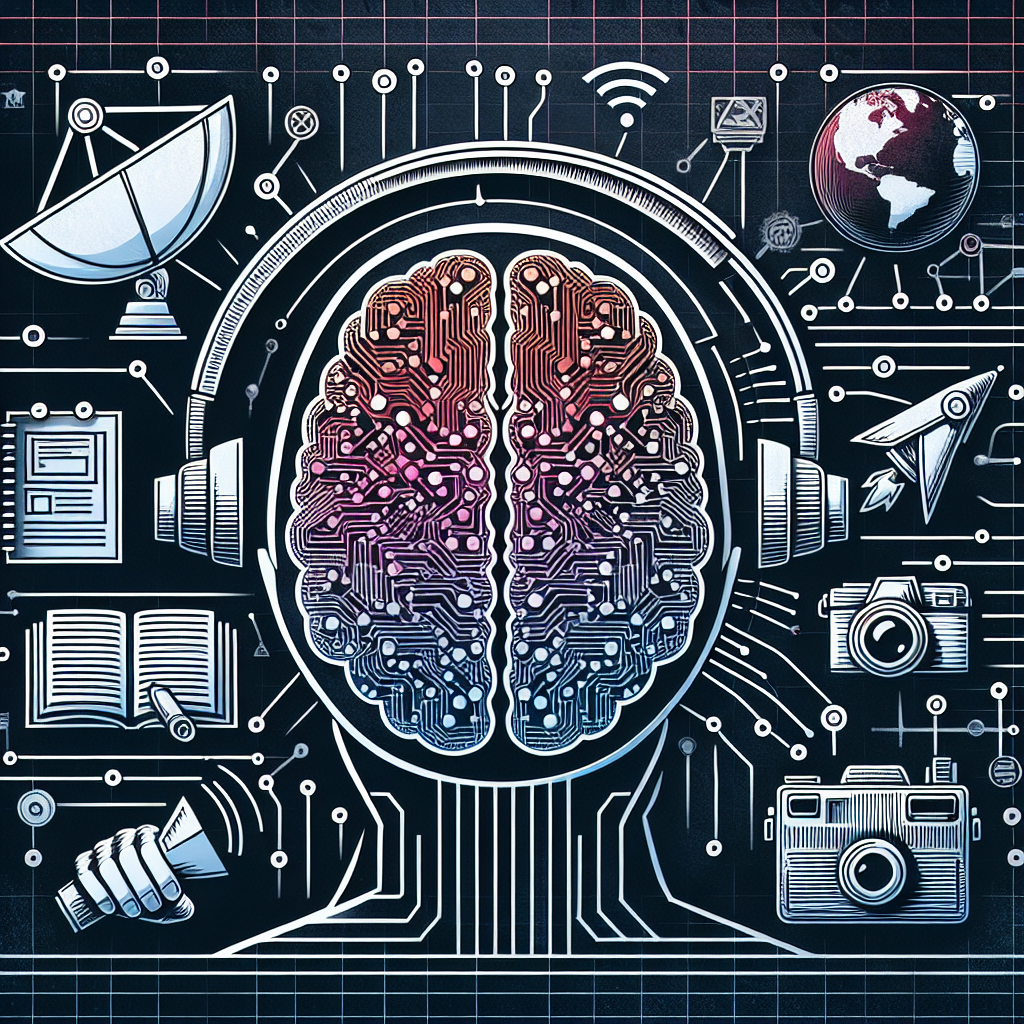Artificial Intelligence (AI) and Virtual Reality (VR) have revolutionized the way news is covered and consumed in recent years. These technologies have the potential to transform the media industry, offering new ways to engage with audiences and deliver information in more immersive and interactive ways. In this article, we will explore the impact of AI and VR on news coverage, how they are being used in journalism, and what the future holds for these technologies in the media landscape.
AI in News Coverage
Artificial Intelligence has made significant advancements in the field of journalism, providing news organizations with tools to automate tasks, analyze data, and even create content. AI-powered algorithms are being used to streamline news production processes, from gathering information to editing and publishing stories. For example, newsrooms are using AI to sift through vast amounts of data, identify trends, and generate insights for journalists to develop more informed and engaging stories.
One of the most common applications of AI in news coverage is in the area of automated content generation. AI algorithms can now write news articles, summaries, and even headlines based on data inputs and pre-set criteria. This has enabled news organizations to produce more content at a faster pace, freeing up journalists to focus on more in-depth reporting and analysis.
AI is also being used to personalize news content for audiences. By analyzing user behavior and preferences, AI algorithms can recommend articles, videos, and other content that is tailored to individual interests. This not only enhances the user experience but also helps news organizations to better understand their audiences and deliver more targeted content.
Virtual Reality in News Coverage
Virtual Reality has opened up new possibilities for news coverage, allowing audiences to experience stories in a more immersive and interactive way. VR technology enables journalists to transport viewers to the heart of a story, whether it be a war zone, natural disaster, or political event. By putting audiences in the shoes of the protagonists, VR can evoke empathy and understanding in ways that traditional media cannot.
News organizations are increasingly using VR to create 360-degree videos and virtual tours that provide viewers with a more engaging and immersive storytelling experience. For example, journalists can use VR to take audiences on a virtual tour of a refugee camp, allowing them to see the conditions firsthand and gain a deeper understanding of the plight of refugees.
VR is also being used to cover live events in a more dynamic and interactive way. By streaming events in VR, audiences can feel like they are right there in the midst of the action, whether it be a political rally, sports game, or concert. This not only enhances the viewing experience but also opens up new monetization opportunities for news organizations.
FAQs
Q: How is AI being used in news coverage?
A: AI is being used in news coverage to automate tasks, analyze data, and generate content. Newsrooms are using AI algorithms to streamline production processes, from gathering information to editing and publishing stories. AI is also being used to personalize news content for audiences by recommending articles and other content based on user behavior and preferences.
Q: How is VR being used in news coverage?
A: VR is being used in news coverage to create immersive and interactive storytelling experiences. Journalists are using VR technology to transport viewers to the heart of a story, whether it be a war zone, natural disaster, or political event. VR enables audiences to experience stories in a more engaging and empathetic way, by putting them in the shoes of the protagonists.
Q: What are the benefits of AI and VR in news coverage?
A: The benefits of AI and VR in news coverage include enhanced storytelling capabilities, increased audience engagement, and new monetization opportunities. AI algorithms can help news organizations produce more content at a faster pace and personalize it for audiences. VR technology allows journalists to create immersive experiences that transport viewers to the heart of a story, evoking empathy and understanding in ways that traditional media cannot.
In conclusion, AI and VR are transforming the way news is covered and consumed, offering new opportunities for journalists, news organizations, and audiences alike. These technologies are enabling more engaging, immersive, and personalized storytelling experiences that are reshaping the media landscape. As AI and VR continue to evolve, we can expect to see even more innovative applications in news coverage, further blurring the lines between reality and virtuality.

